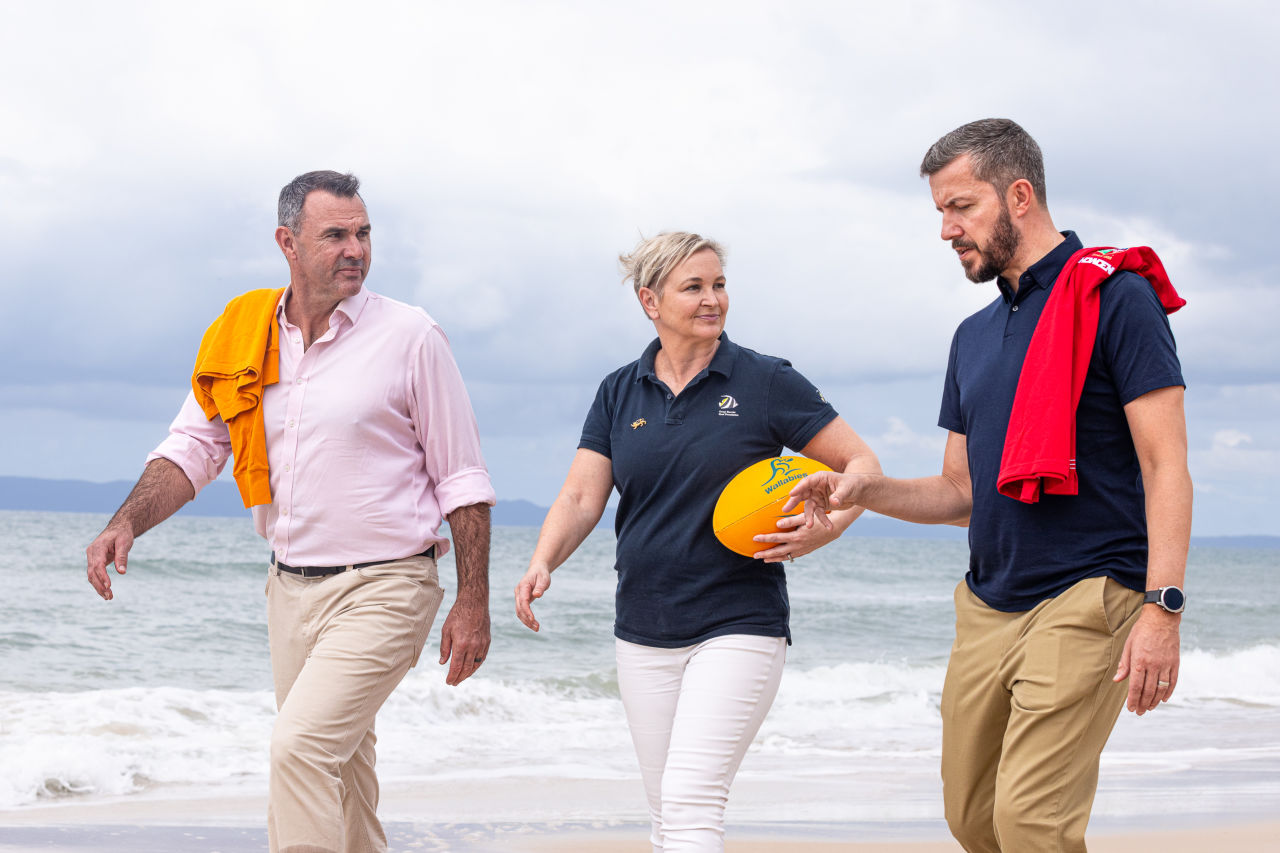Two separate occurrences in which 737 airliners flew below minimum altitude on the same arrival and approach into Cairns Airport, demonstrate the risks associated with data entry errors, and the importance of thorough and independent cross-checks.
The Australian Transport Safety Bureau launched an investigation after being notified of two separate incidents, on 24 and 26 October 2022, involving Boeing 737-800 – one operated by Virgin Australia in dark night conditions, the other by Qantas in clear day conditions – on scheduled passenger flights to Cairns, Queensland.
In each occurrence flight crews entered the same standard arrival (HENDO 8Y) and approach (RNP Y runway 33) into their flight management computers.
However, neither flight crew selected the required approach transition resulting in a discontinuity in the programmed flight path.
When presented with the discontinuity by the flight management computer, both flight crews resolved it by manually connecting the arrival waypoint HENDO to the intermediate approach fix waypoint, noted on the approach chart.
This inadvertently removed the 6,800 ft descent altitude constraint associated with the initial approach fix waypoint in each aircraft’s programmed flight path, and as a result both aircraft descended below that constraint.
The Qantas crew recognised the descent error and stopped further descent, while in both cases air traffic control also alerted the flight crews of their low altitude.
The Virgin aircraft conducted a missed approach before conducting a second approach and landed without incident. Air traffic control provided the Qantas crew with clearance for a visual approach, before the aircraft landed without further incident.
“These occurrences highlight the risks associated with data entry errors that result in incomplete or incorrect information being entered in flight management systems,” said ATSB Director Transport Safety Stuart Macleod.
“While no-one is immune to these errors, the risk can be significantly reduced through thorough and independent cross-checks between pilots.
“Good communication, adherence to operating procedures, and clear and effective procedure chart design are crucial to safe flight.”
The investigation also found that the vertical profile depiction on the Jeppesen RNP Y runway 33 approach chart did not include the waypoints HENDO, CS522 and CS523 and the map presented the information associated with those waypoints over dense topographical information.
This likely limited the ability of both crews to identify the descent restrictions associated with those waypoints.
You can find here the report:





